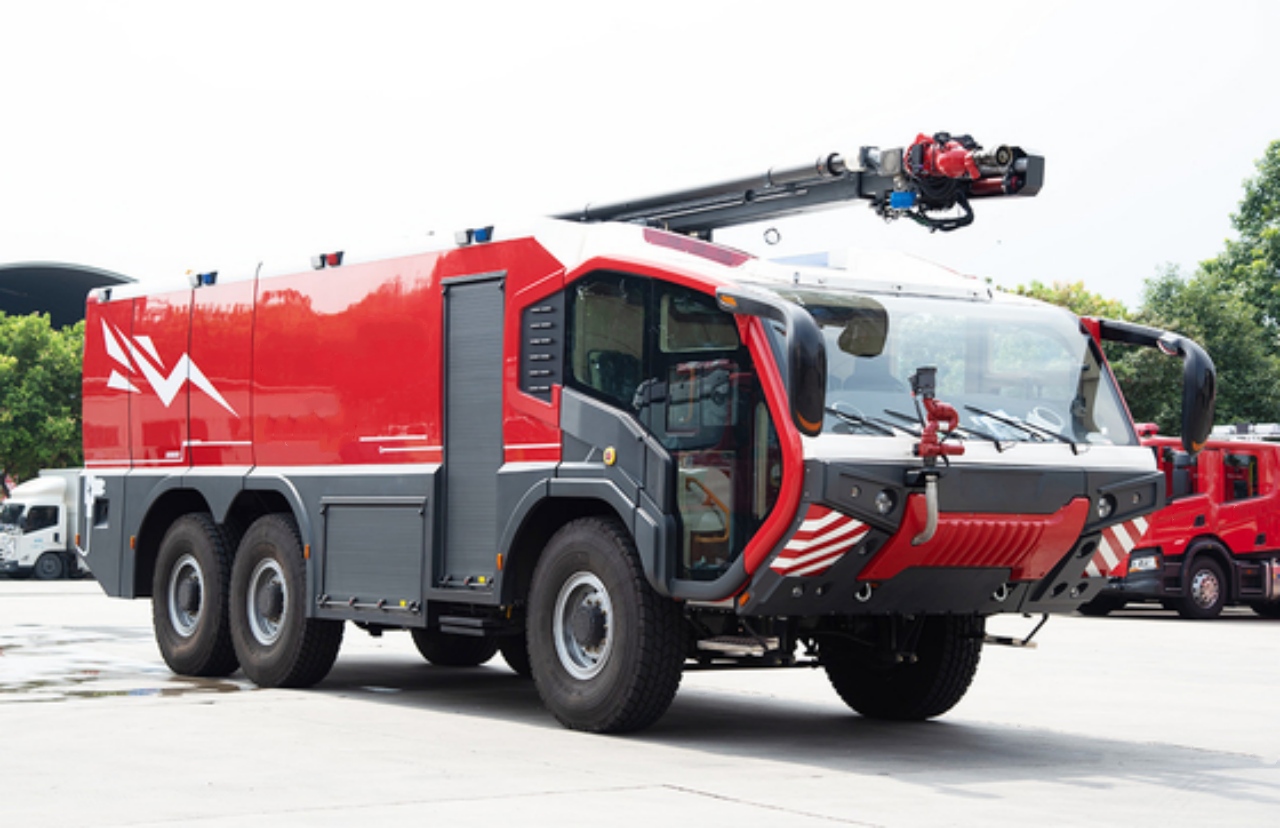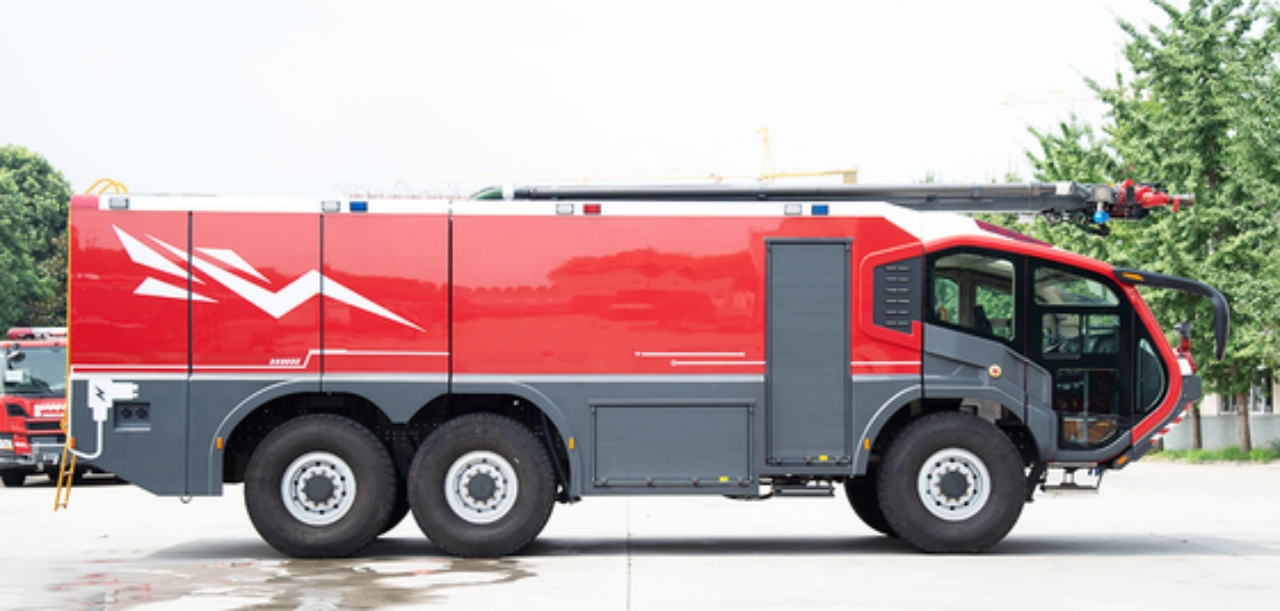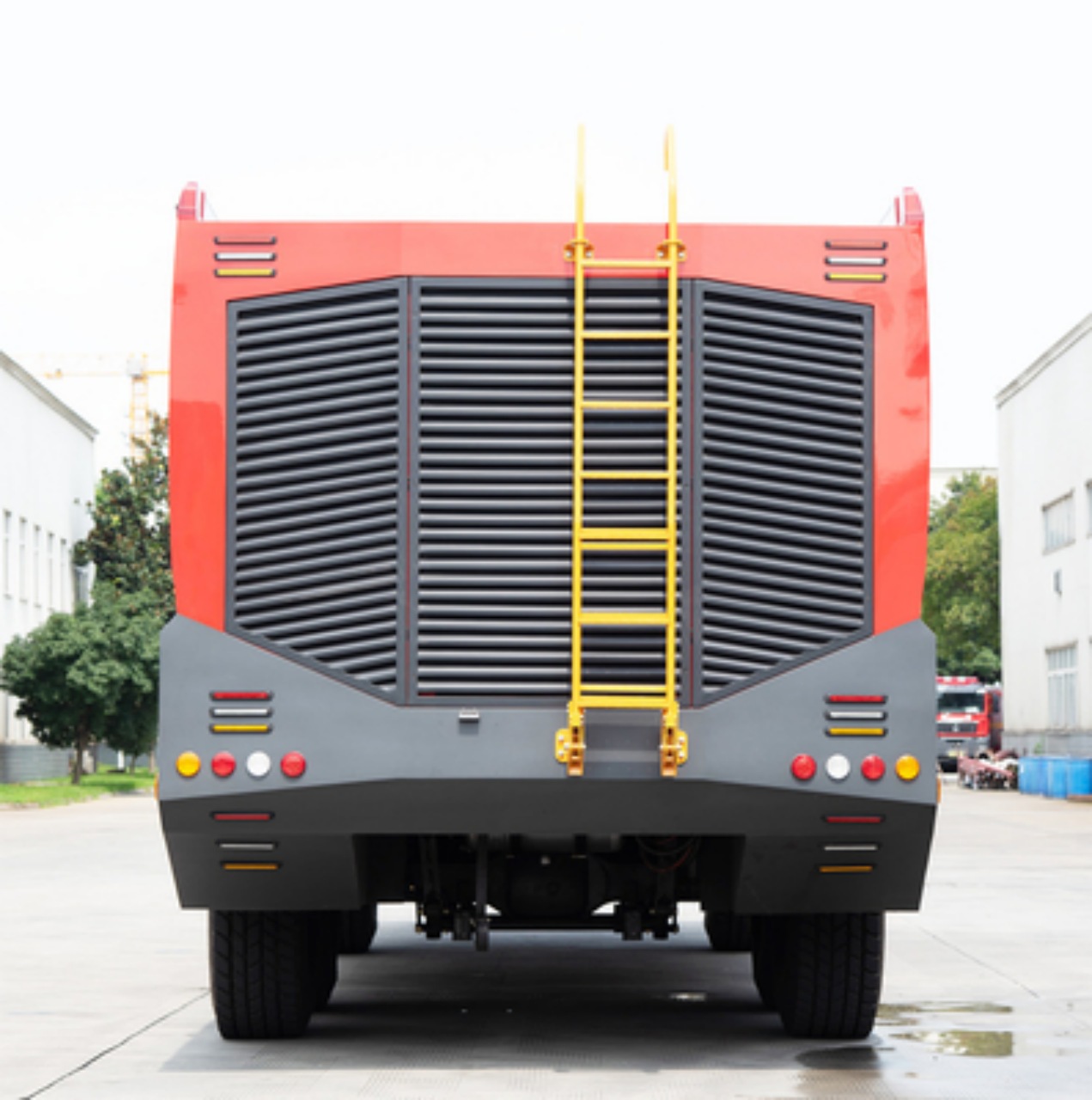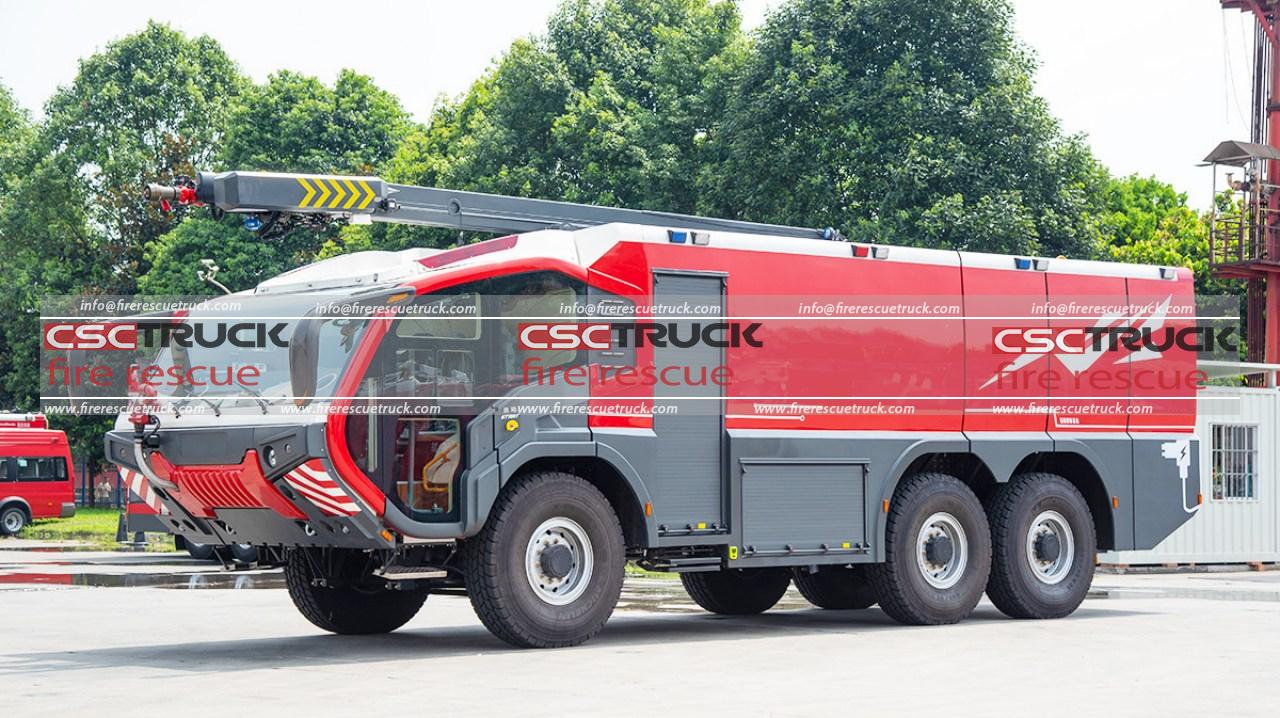Introduction
Airports are high-risk environments that require specialized fire protection equipment to handle emergencies effectively. Unlike municipal fire trucks, airport fire trucks are uniquely designed to respond to aircraft fires, fuel spills, and other aviation-related emergencies. These specialized vehicles are known by various names and classifications, each serving a specific purpose in airport firefighting operations.
Names and Classifications of Airport Fire Trucks
Airport fire trucks are commonly referred to as Aircraft Rescue and Firefighting (ARFF) vehicles. These vehicles are specifically built to combat fires and emergencies involving aircraft. ARFF vehicles differ from traditional fire trucks due to their high mobility, specialized fire suppression agents, and rapid response capabilities.
There are several categories of ARFF vehicles, each designed for specific tasks:
1. Rapid Intervention Vehicles (RIVs)
Rapid Intervention Vehicles are smaller, high-speed fire trucks designed for immediate response. They are often the first units to arrive at an emergency scene and carry specialized firefighting equipment, including dry chemical extinguishers, water, and foam systems. RIVs are used to contain fires quickly before larger ARFF trucks arrive.
2. Major Foam Tenders
Major foam tenders are the most common type of ARFF vehicles. They are equipped with large water and foam tanks, capable of dispersing fire suppressant over a wide area. These vehicles use Aqueous Film-Forming Foam (AFFF) to smother aviation fuel fires and prevent re-ignition.
3. High Reach Extendable Turret (HRET) Vehicles
HRET vehicles are equipped with extendable booms that have piercing nozzles. These allow firefighters to inject foam or other fire retardants directly into an aircraft’s fuselage, especially in hard-to-reach areas. This capability is crucial for fighting fires inside aircraft cabins and cargo holds.
4. Water Tenders
Water tenders, also called water carriers, transport large volumes of water to supplement firefighting efforts. Airports with limited water supply rely on these vehicles to provide additional resources to ARFF teams.
5. Command and Control Vehicles
These vehicles serve as mobile command centers during airport emergencies. They are equipped with advanced communication systems, enabling coordination between fire departments, air traffic control, and emergency response teams.

Key Features of ARFF Vehicles
Airport fire trucks are designed with several unique features that differentiate them from standard fire engines:
1. High-Speed Mobility
ARFF vehicles are built for rapid response, with some models reaching speeds of up to 70 mph (113 km/h). They must be capable of reaching any part of the airport within a few minutes to comply with international aviation safety regulations.
2. All-Terrain Capabilities
Unlike municipal fire trucks, ARFF vehicles are equipped with off-road capabilities to navigate rough terrain, including grassy areas, runways, and taxiways.
3. Large Water and Foam Capacities
Most ARFF vehicles carry between 1,000 to 4,000 gallons (3,785 to 15,142 liters) of water, along with foam and dry chemical extinguishing agents.
4. Roof and Bumper Turrets
These powerful turrets can discharge water or foam at high pressure and are remotely controlled from inside the vehicle, allowing firefighters to operate efficiently while staying protected.
5. Piercing Nozzles
Some ARFF vehicles are equipped with piercing nozzles designed to penetrate aircraft fuselages and inject suppressant into enclosed areas.
Regulations and Standards for ARFF Vehicles
International organizations, such as the International Civil Aviation Organization (ICAO) and the Federal Aviation Administration (FAA), establish guidelines for airport fire truck operations. These regulations define requirements for response times, fire suppression capacity, and crew training to ensure airports are adequately prepared for emergencies.

Notable ARFF Vehicle Manufacturers
Several manufacturers produce ARFF vehicles, each offering unique designs and capabilities. Some of the most well-known manufacturers include:
- Oshkosh Airport Products (USA) – Known for the Striker series, featuring high-speed response and advanced firefighting technology.
- Rosenbauer (Austria) – Produces the Panther series, recognized for its maneuverability and high-performance foam systems.
- E-One (USA) – Specializes in rapid intervention vehicles and major foam tenders.
- Ziegler (Germany) – Offers advanced ARFF solutions tailored for European airports.
Conclusion
Airport fire trucks, or ARFF vehicles, play a critical role in aviation safety. Their specialized design, high-speed response, and advanced firefighting technology enable them to handle aircraft emergencies effectively. Understanding the different types of ARFF vehicles and their functions helps highlight the importance of these essential firefighting assets in ensuring passenger and crew safety during emergencies.








